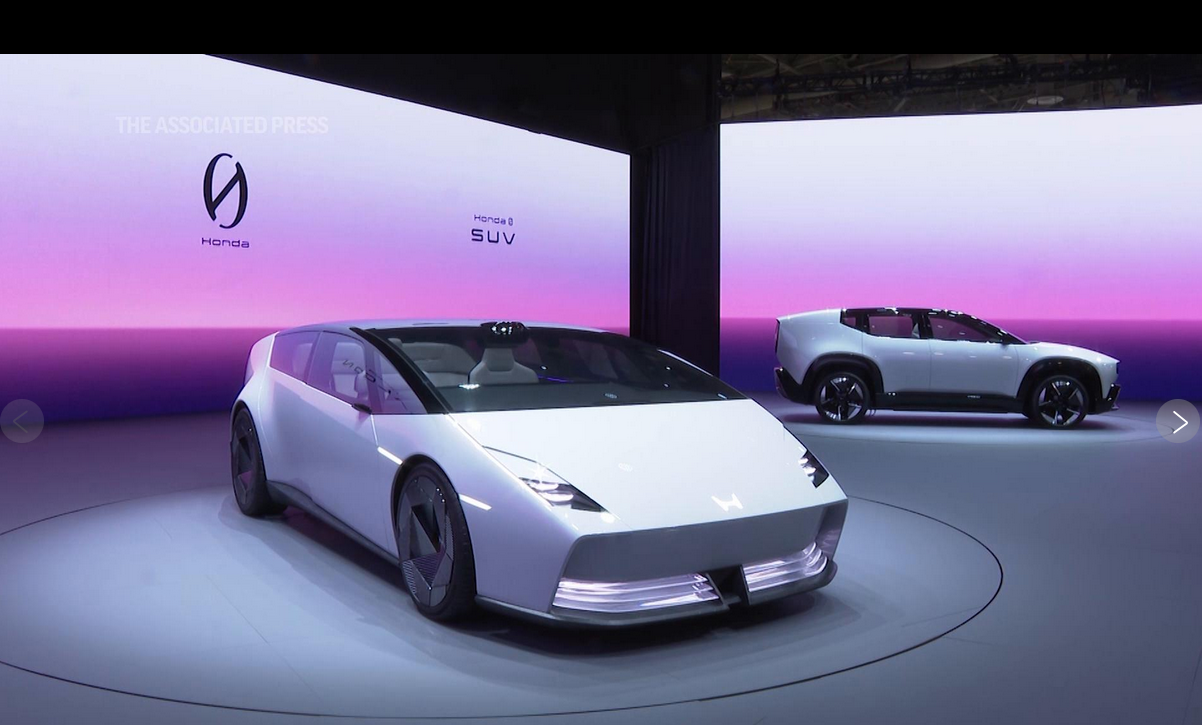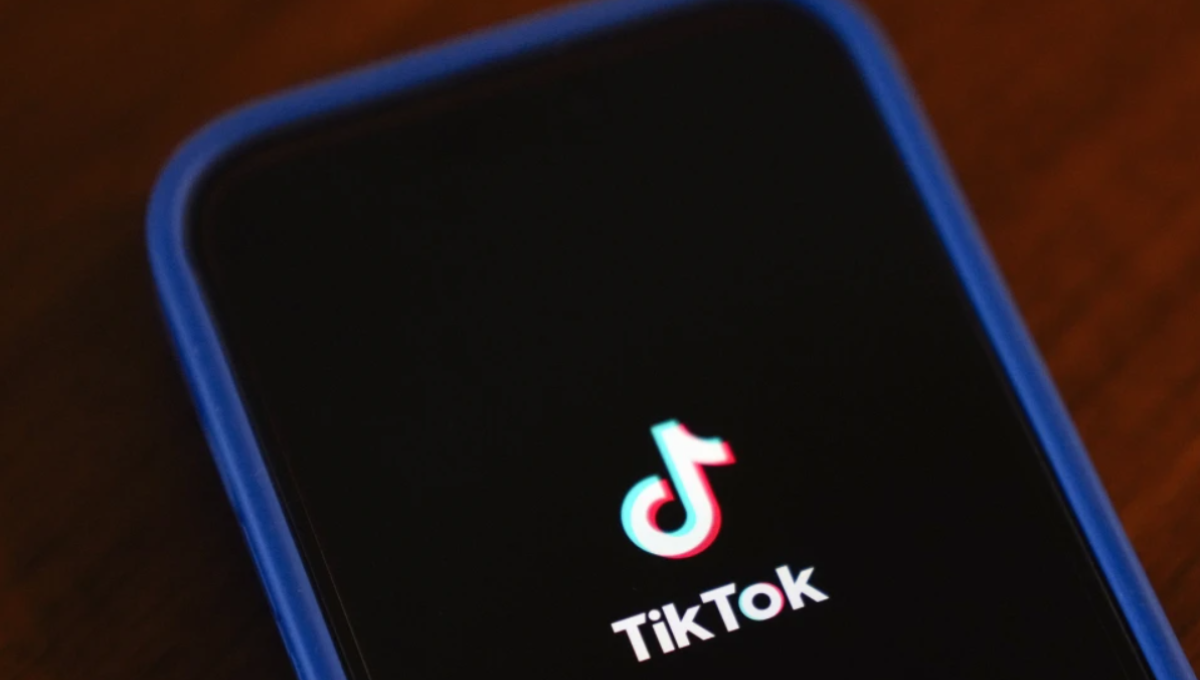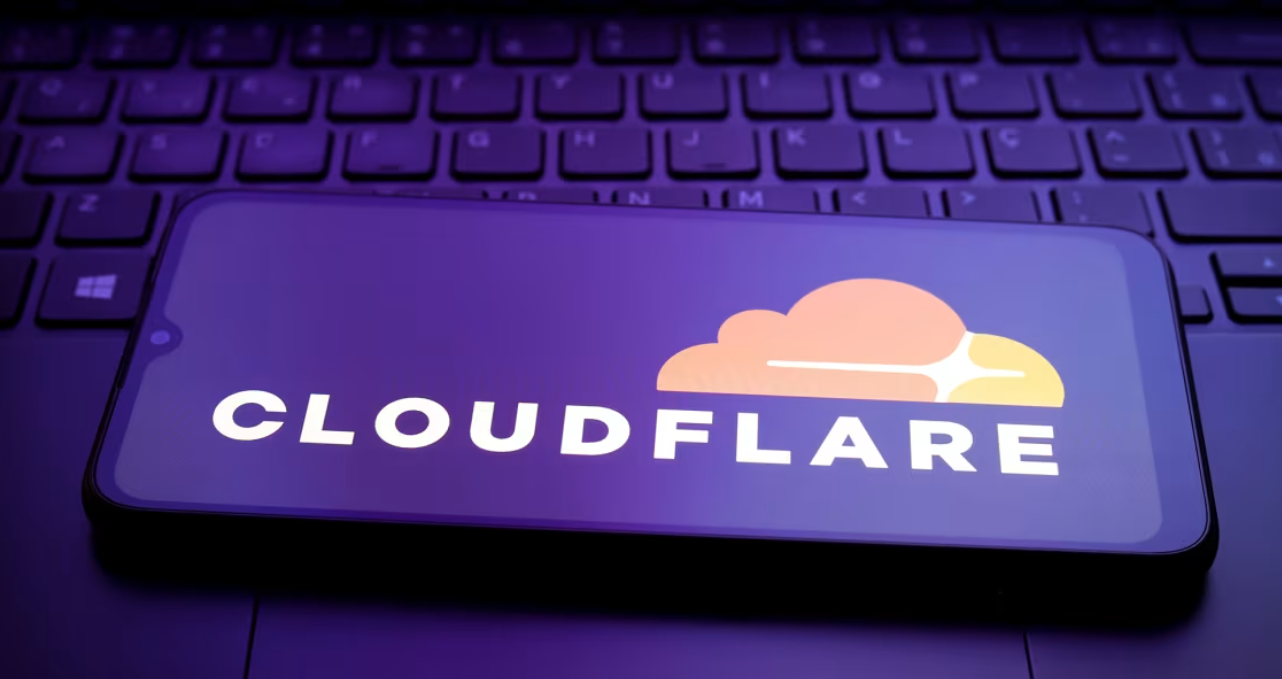At CES, the annual Consumer Technology Association trade show in Las Vegas, automakers presented their latest innovations in in-vehicle experiences. These included technologies designed to improve comfort and entertainment during long drives. Hyundai Mobis showcased a holographic display technology that spans the full windshield, while BMW revealed its new “iDrive” panoramic display. Additionally, Honda and Sony Honda Mobility previewed the features of their upcoming electric vehicles.
These innovations focus on enhancing the in-car experience, with some aiming to reduce motion sickness through interior lighting and others providing AI-powered voice assistants integrated with infotainment systems for company on the road. Axel Maschka, executive vice president of Hyundai Mobis, highlighted that many consumers today view a car’s interior as an important part of its overall appeal, making it a comfortable “living space.”
Hyundai Mobis has introduced a holographic windshield display that offers a futuristic look at in-car technology. While this technology won’t be available for several more years, it projects various information, such as driving speed and safety alerts, across the entire windshield. It also provides entertainment options for passengers who aren’t driving. To ensure that the driver remains focused on the road, the display changes depending on where you’re sitting. A demonstration from Hyundai Mobis shows how a front passenger can watch a movie or play a video game, but the driver cannot see these visuals.
Axel Maschka from Hyundai Mobis emphasizes that the holographic windshield helps drivers easily access important information in their line of sight, while minimizing distractions in the car. Car safety experts, such as Ian Reagan from the Insurance Institute for Highway Safety, agree that keeping the driver’s eyes on the road is crucial. Reagan also points out that too many visual elements can be overwhelming, making simplicity essential in display features.
Driver distraction is a significant concern with visual displays in vehicles, according to Ian Reagan, a safety expert. He warns that safety often doesn’t take precedence over what automakers believe will attract consumers, such as flashy features designed to sell. However, Reagan is optimistic about recent advancements in panoramic displays that focus on showing only essential information in the driver’s line of sight, reducing potential distractions.
BMW is also embracing this approach with its new Panoramic iDrive and Operating System X, which will be integrated into upcoming models starting later this year. This system projects a panoramic display onto the lower windscreen of the vehicle and offers a variety of digital features, including customizable colors, apps, and preferences. However, BMW aims to avoid redundant information on the display. Stephan Durach, BMW’s Head of UI/UX Development, expressed his dislike of the term “your car is your smartphone on wheels,” and emphasized that the goal is to display only minimal, important information above the dashboard to help reduce distractions.
Honda and Sony Honda Mobility have also showcased new in-cabin features that drivers can expect in their upcoming electric vehicles (EVs).
Sony Honda Mobility introduced the “Afeela 1,” which will include an AI-powered voice assistant designed to interact with drivers. CEO Yasuhide Mizuno highlighted that the AI agent, which focuses on conversation, can engage with the driver and provide useful information during the drive. The Afeela 1, expected to go on sale later this year with deliveries slated for mid-2026, will feature a panoramic screen and an infotainment system offering various entertainment apps. Online reservations for the vehicle opened this week in California.
On the other hand, Honda unveiled its “ultra-personal optimization” features for its upcoming 0 series of EVs. The first two models in the 0 series are set to launch in North America next year. Honda also revealed its new operating system, “AISMO OS,” which will be integrated into all 0 series models. This system will handle everything from automated driving and advanced driver assistance to in-car infotainment.
In-vehicle software will also receive continuous updates after purchase. Katsushi Inoue, global head of electrification business development at Honda, mentioned that as the vehicle is used more, its software will become increasingly personalized.
While the new features showcased by automakers at CES have generated considerable excitement, there are still concerns regarding the safety and effectiveness of these innovations.
Reagan highlights concerns around AI-powered voice assistants and the increasing focus on partially automated driving. His team’s research indicates that drivers using partially automated systems are becoming “more distracted than ever” because they need to remain alert and ready to take control at any moment.
While AI voice assistants are seen as a potential solution for keeping drivers’ eyes on the road, Reagan points out that their effectiveness depends on how they are implemented. If a voice assistant requires too much interaction or provides complex responses, it can cause frustration and distraction rather than alleviating them.
In addition to in-vehicle technology, the electric vehicles (EVs) displayed at CES this week also shed light on the current state of sustainable energy in the automotive industry and the need for expanded charging infrastructure. Honda, in partnership with seven other automakers, is working on creating the “IONNA” charging network in North America and aims to ensure that Honda 0 Series owners will have access to over 100,000 charging stations by 2030.
Honda is also exploring ways to offer “personalized” charging experiences for its EV customers. The company is considering integrating AI technology from Amazon Web Services to help customers find nearby charging stations or simplify payment processes in the future.















